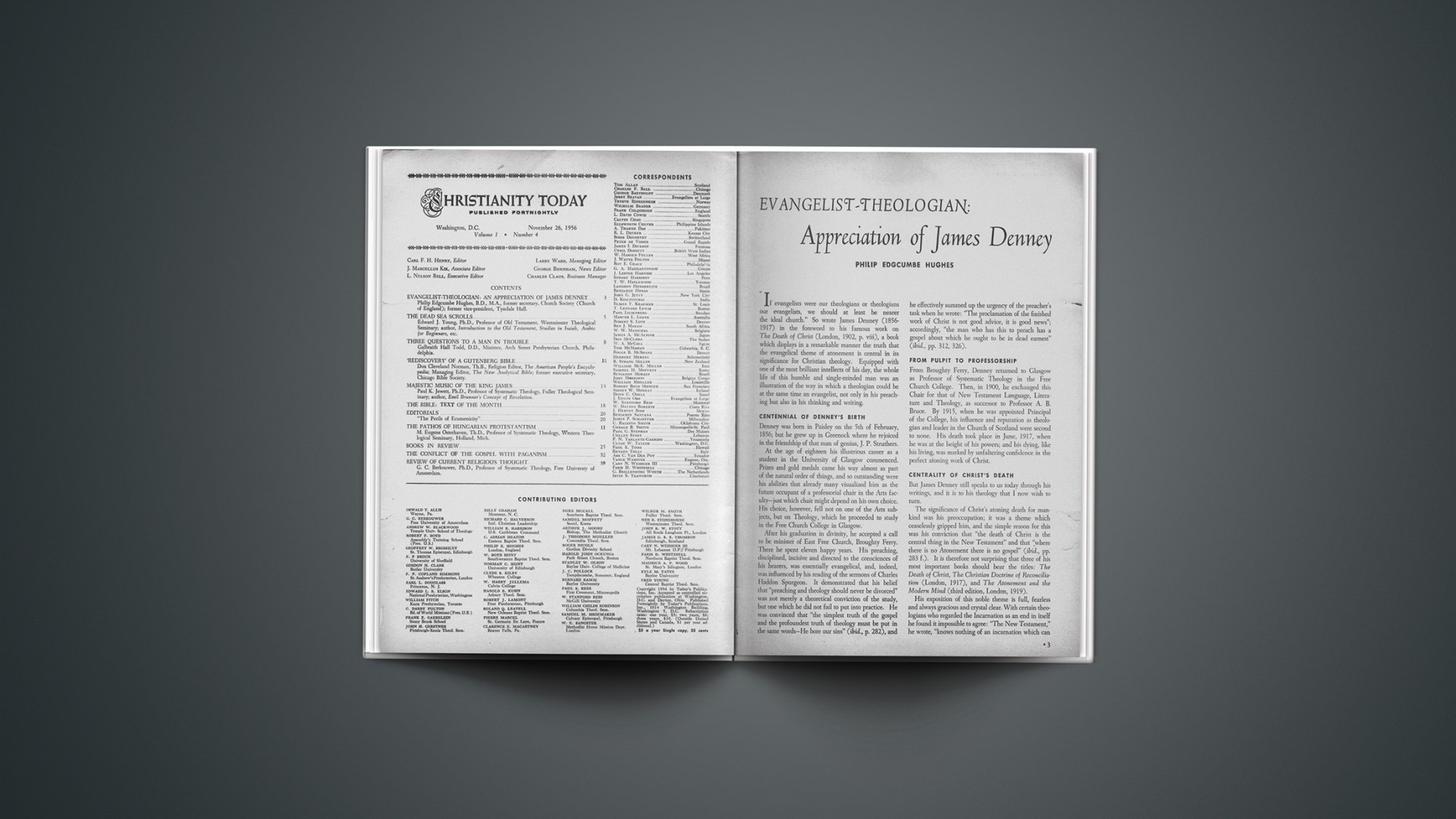Morale On Formosa
Christianity is helping keep morale high among the Chinese on Formosa, according to the chief of chaplains for Nationalist China.
Dr. Wei-Ping Chen, visiting the United States on a tour sponsored by World Vision, Inc., is personal chaplain to Generalissimo Chiang Kai-shek and pastor of a non-denominational church in Taipei.
“Before we came to Formosa from the mainland nine years ago,” he said, “one person out of every 1,000 was a Christian. This is still true on the mainland. But today, in Formosa, one person in every 100 is a member of some Christian denomination.”
Dr. Chen said many of the island’s social, business and political leaders are Christians, giving “the people of Formosa an added incentive for the fight against the Communists.
“Christianity helps keep our morale very high.”
He said the 5,500,000 Chinese on the island want to fight and go back to their homeland.
Olympic Services
The largest service ever organized by Protestants in the State of Victoria, Australia, was held in connection with the Olympic Games.
Thousands gathered at Como Park. More than 100 athletes took part. Guest speaker was the Rev. Gordon Powell, minister of St. Stephen’s Presbyterian Church in Sydney.
Another special service was led by the Rev. Robert E. Richards, world champion pole vaulter and former pastor of First Church of the Brethren at Long Beach, California.
Mr. Richards, 30, resigned his pastorate last year to devote more time to evangelistic work and to prepare himself for the Olympic Games.
Four Native Bishops
All four bishops of the Methodist Church in today’s India are natives.
The Rev. Mangal Singh of Delhi and the Rev. Gabriel Sundaram of Hyderabad City, Deccan, were recently elected bishops. They will succeed Bishop J. W. Pickett and Bishop Clement D. Rockey, two Americans who were missionaries in India.
Other bishops are John A. Subhan of Bombay and Shot K. Mondol of Hyderabad.
Digest …
Four New Zealand Protestant denominations to vote next June on union. Unique venture involves Methodist, Presbyterian, Congregational Churches and Associated Church of Christ.
New Zealand Methodist Conference appoints woman as probationary minister for first time in its history.… Missionary Bishop (Episcopal) Norman S. Binsted of Philippines resigns, effective March 1, because of ill health.… Bishop Jose L. Valencia elected to third four-year term as head of Methodist Church of Philippines.












